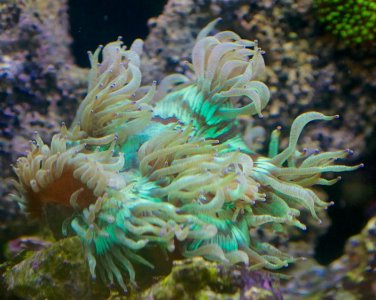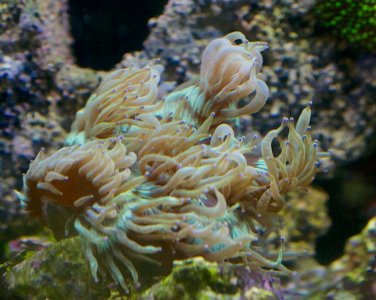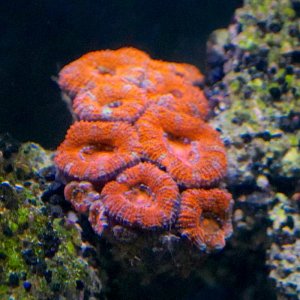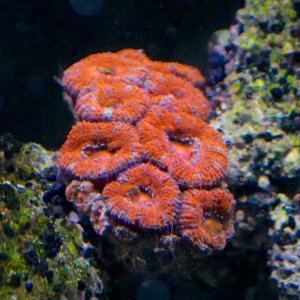Only been 3 days, but have been running 40W of UV light (370nm) over my 150 gallon tank for two hours a day, one hour mid day, and one hour around the time the main lights turn off. No negative effects that I can see yet. Nothing notably positive either, which is to be expected after just a few days.
Thanks for the attached article. Read through it a few times and am happy to find that the power I chose to run my UV light very closely matches what was measured as ambient UVR measured in the study. Being that my light is very diffused, it should be a good representation of what is natural. I plan to keep the lighting schedule I have of 2 hours a day for at least a few weeks and will decide later if I will keep increase the photoperiod of the UV light, or continue it's use.
For anyone interested, there is no visible difference in my particular coral's coloration when the UV lights are on during the day. When running only the UV light in a dark room, a few of my corals flourece slightly, with one acro being significantly brighter than the other corals, but still not bright compared to running actinic light. Because of this, I would not expect any significant change in visual coloration of the coral during the day. I'll be monitoring their color over time to see if there is a pigment shift that would indicate some change due to longer term UV exposure.




